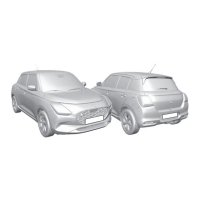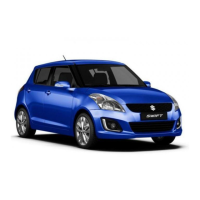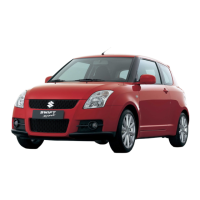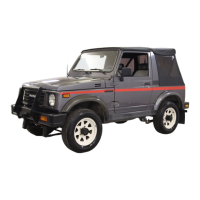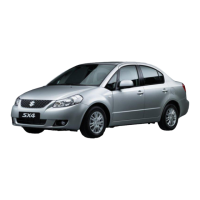7-60
INSPECTION AND MAINTENANCE
80SS5-01E
NOTE:
The tyre pressure will change due to
changes in atmospheric pressure, tem-
perature or tyre temperature when driving.
To reduce the chance that the low tyre
pressure warning light (if equipped) will
come on due to normal changes in tem-
perature and atmospheric pressure, it is
important to check and adjust the tyre
pressures when the tyres are cold. If you
check tyres after driving, they are warm.
Even if the tyre pressure seems to be good
in this condition, it could fall below the
specified pressure when tyres cool down.
Also, tyres that are inflated to the specified
pressure in a warm garage may have pres-
sure below the specification when the vehi-
cle is driven outside in very cold
temperature. If you adjust the tyre pres-
sure in a garage that is warmer than the
outside temperature, you should add 1 kPa
to the recommended cold tyre pressure for
every 0.8°C difference between garage
temperature and outside temperature.
Tyre inspection
Inspect your vehicle’s tyres at least once a
month or before long trip by performing the
following checks:
1) Measure the air pressure with a tyre
gauge. Adjust the pressure if neces-
sary. Remember to check the spare
tyre, too.
54G136
(1) Tread wear indicator
(2) Indicator location mark
2) Check that the depth of the tread
groove is more than 1.6 mm (0.06 in.).
To help you check this, the tyres have
molded-in tread wear indicators in the
grooves. When the indicators appear
on the tread surface, the remaining
depth of the tread is 1.6 mm (0.06 in.)
or less and the tyre should be replaced.
3) Check for abnormal wear, cracks and
damage. Any tyres with cracks or other
damage should be replaced. If any
tyres show abnormal wear, have them
inspected by an authorized SUZUKI
dealer.
WARNING
• Air pressures should be checked
when the tyres are cold or you may
get inaccurate readings.
• Check the inflation pressure from
time to time while inflating the tyre
gradually, until the specified pres-
sure is obtained.
• Never under-inflate or over-inflate
the tyres.
Under-inflation can cause unusual
handling characteristics or can
cause the rim to slip on the tyre
bead, resulting in an accident or
damage to the tyre or rim.
Over-inflation can cause the tyre to
burst, resulting in personal injury.
Over-inflation can also cause
unusual handling characteristics
which may result in an accident.

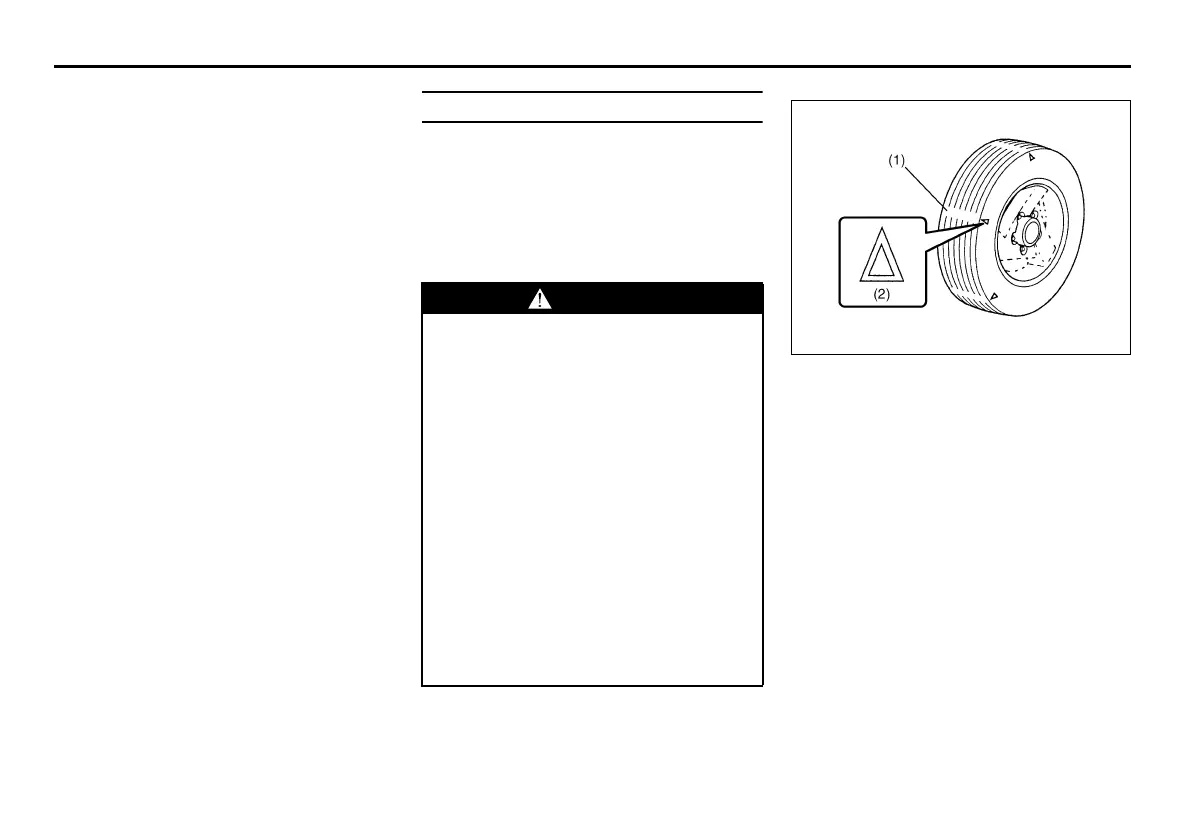